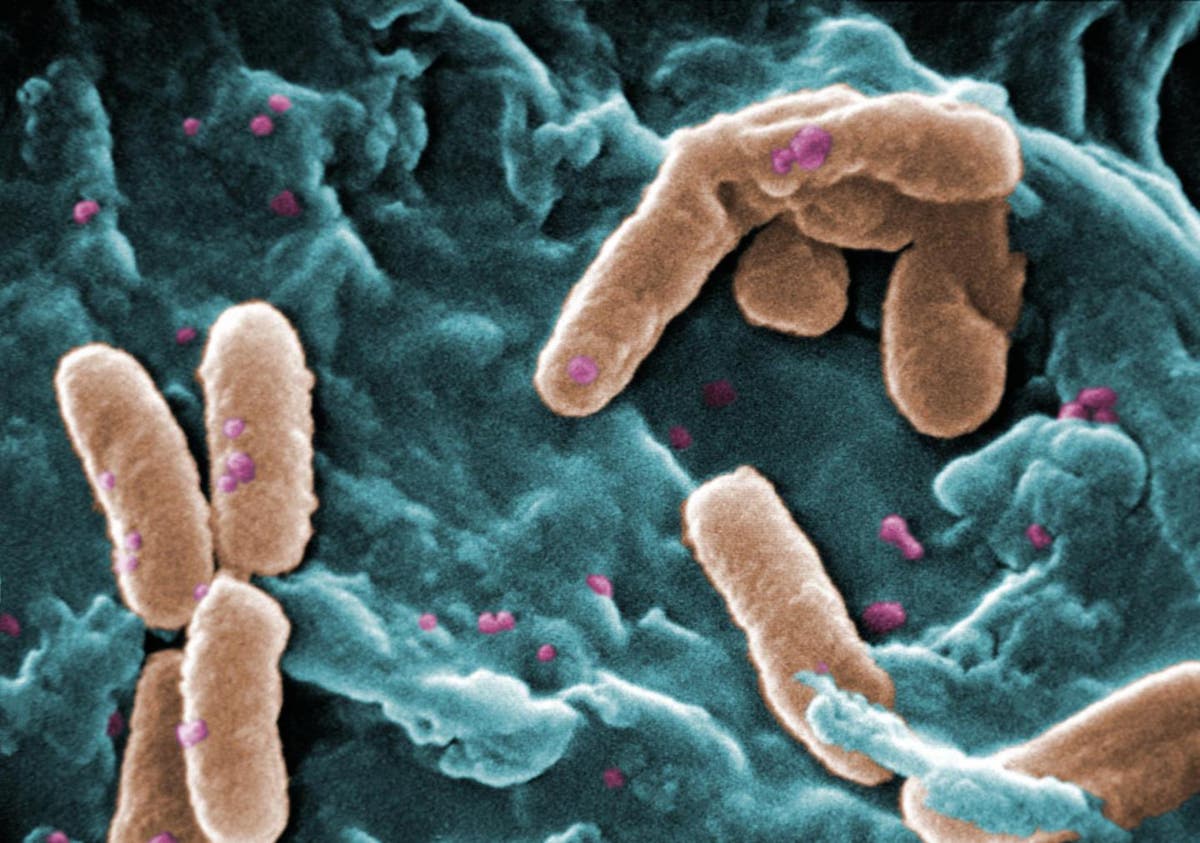A deadly superbug that causes about 300,000 deaths a year evolved from being a common environmental bacterium and spread rapidly in just over two centuries, according to a new study that could help improve our understanding of immunity against invading bacteria.
Pseudomonas aeruginosa can cause multidrug-resistant infections, particularly in people with underlying conditions such as cystic fibrosis and lung damage from smoking.
It wasn’t always a specialised human killer, however.
Scientists at the University of Cambridge assessed nearly 10,000 DNA samples infected by the bacterium from around the world to construct a “family tree” of the bug and found that just 21 “branches” accounted for seven in 10 human infections. And these variants of the bacterium rapidly evolved and spread globally in only about 200 years.
Some of these variants have found a way to exploit a genetic defect in people with cystic fibrosis, allowing them to survive in immune system cells called macrophages, scientists said.
Researchers suspect the rapid spread of the bug was fuelled by people starting to live in densely populated cities in the last two centuries and air pollution making human lungs more susceptible to infection.
“Our research has taught us new things about the biology of cystic fibrosis and revealed important ways we might be able to improve immunity against invading bacteria in this and potentially other conditions,” Andres Floto, one of the study’s authors, said in a statement.
“The focus has always been on how easily this infection can spread between CF patients but we’ve shown that it can spread with worrying ease between other patients too,” Dr Floto said.
The research can also help better hospitals control the spread of superbug infections.
“It is remarkable to see the speed with which these bacteria evolve and become epidemic and how they can specialise for a particular lung environment,” said Aaron Weimann, another study author.
“We really need systematic, pro-active screening of all at-risk patient groups to detect and hopefully prevent the emergence of more epidemic clones.”








